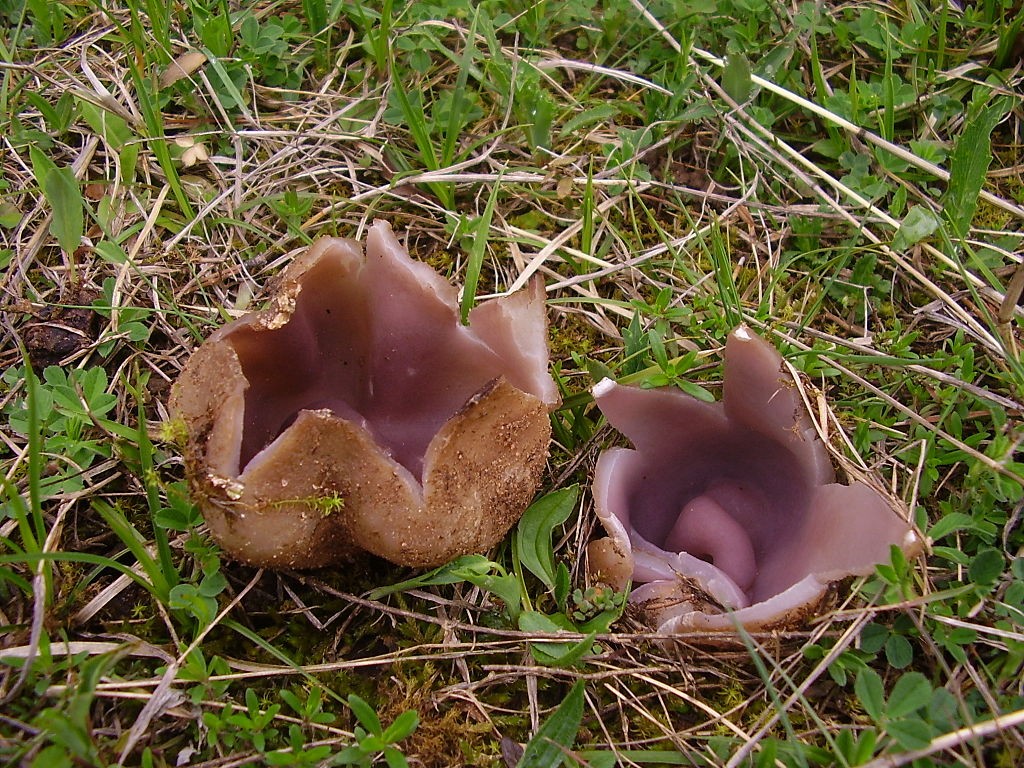Sarcosphaera
Scientific name: Sarcosphaera
Sarcosphaera
Scientific name: Sarcosphaera
 Photo By Paffka , used under Commercially Available /Cropped and compressed from original
Photo By Paffka , used under Commercially Available /Cropped and compressed from original Description
Sarcosphaera is a fascinating group known for their cup-shaped appearance, usually found in forested areas during spring. These fungi often grow partially buried in the soil, giving them a unique, emerging-from-the-ground look. One species within this group is notable for its vibrant lilac or purple hues, making it visually distinctive. Additionally, sarcosphaera thrives in symbiotic relationships with trees, playing a vital role in forest ecosystems by aiding nutrient cycles.